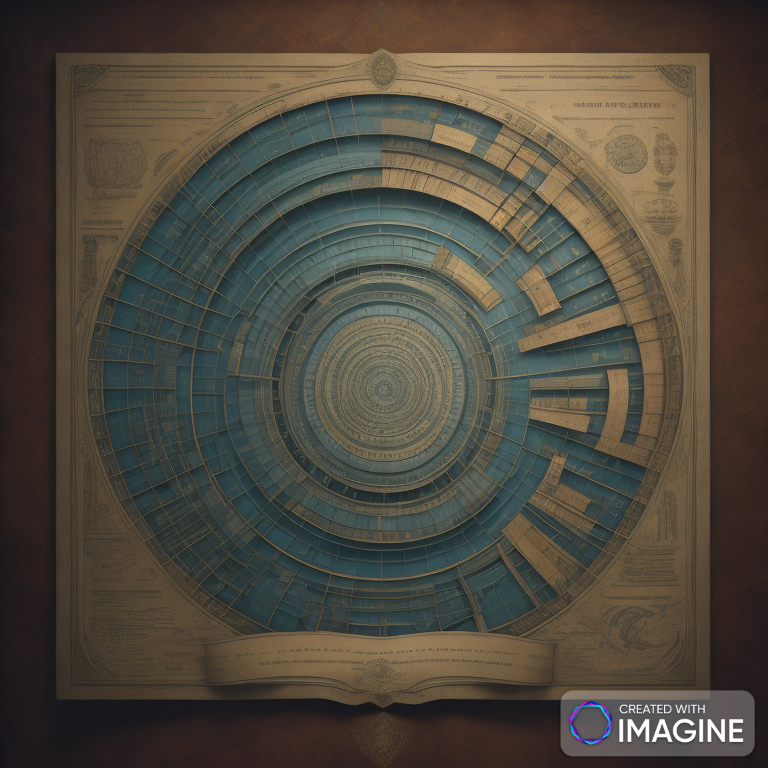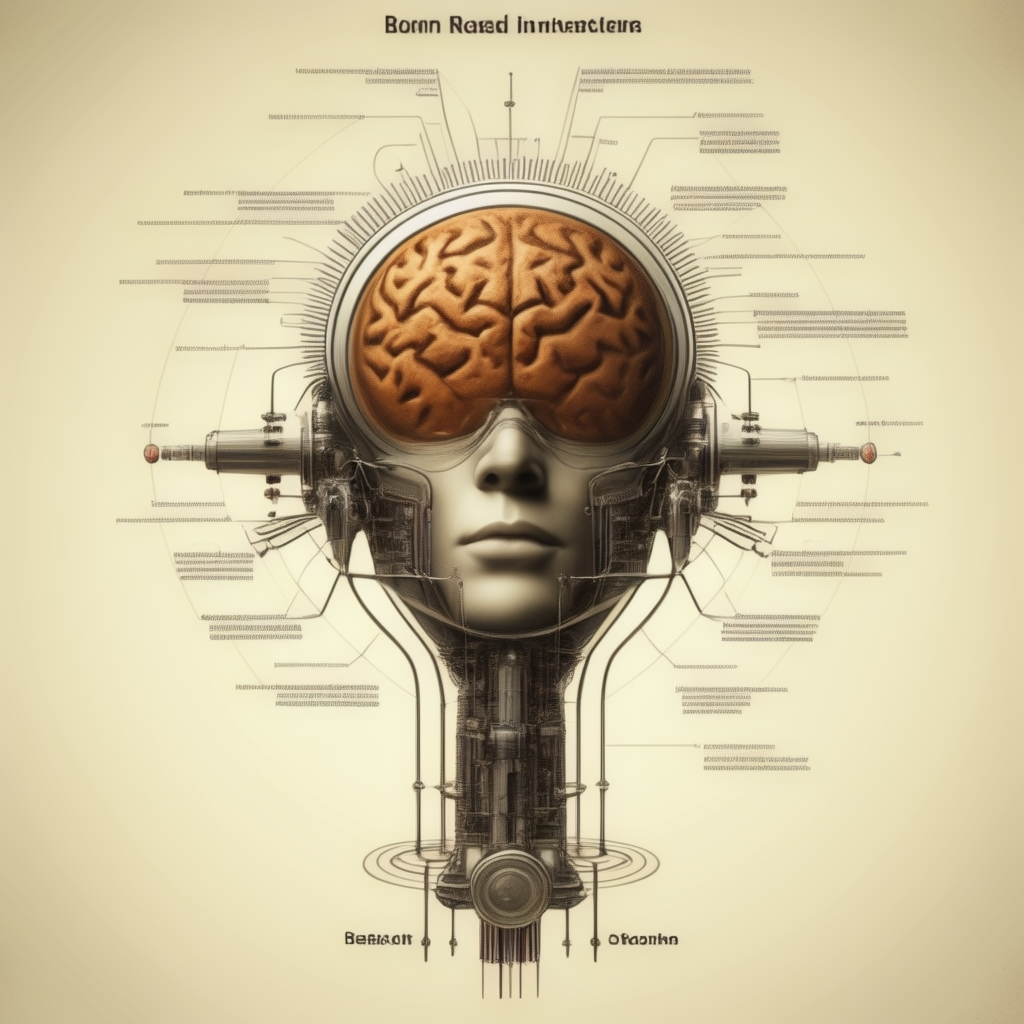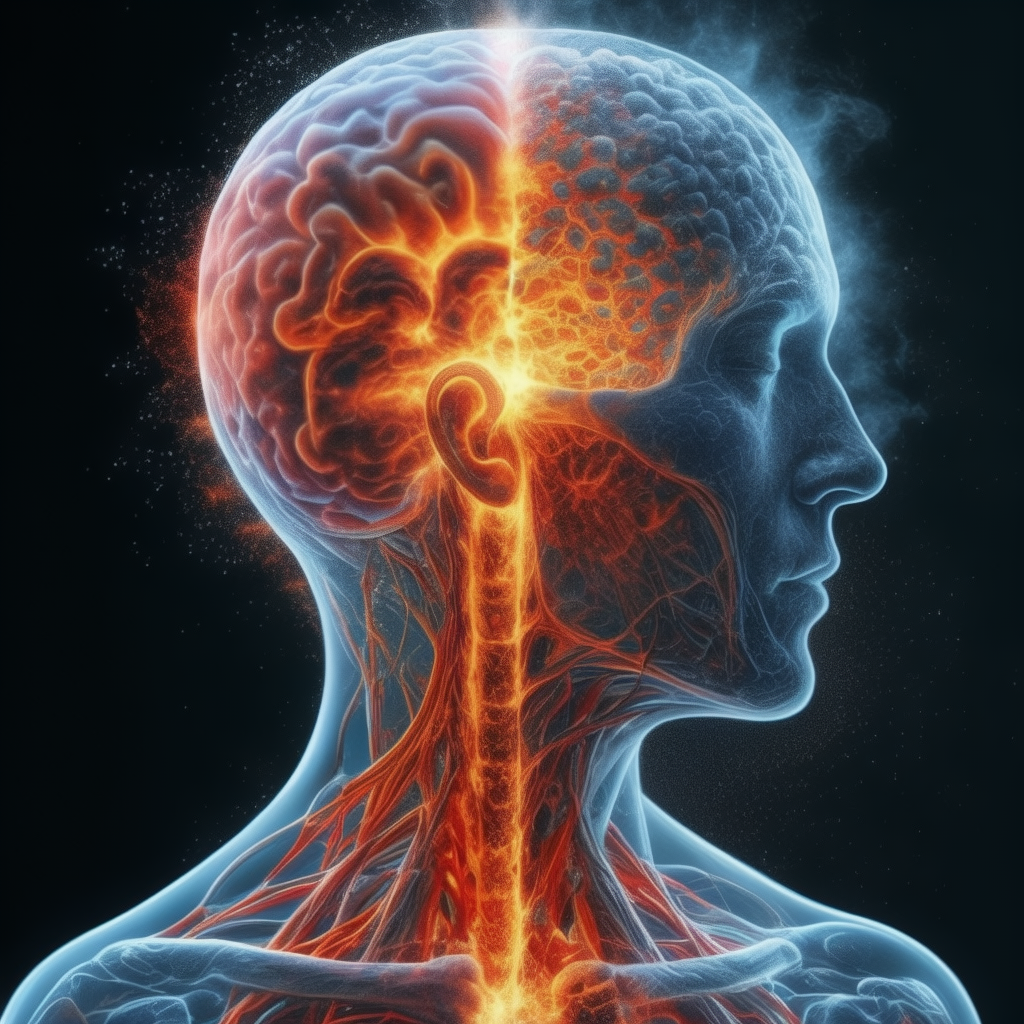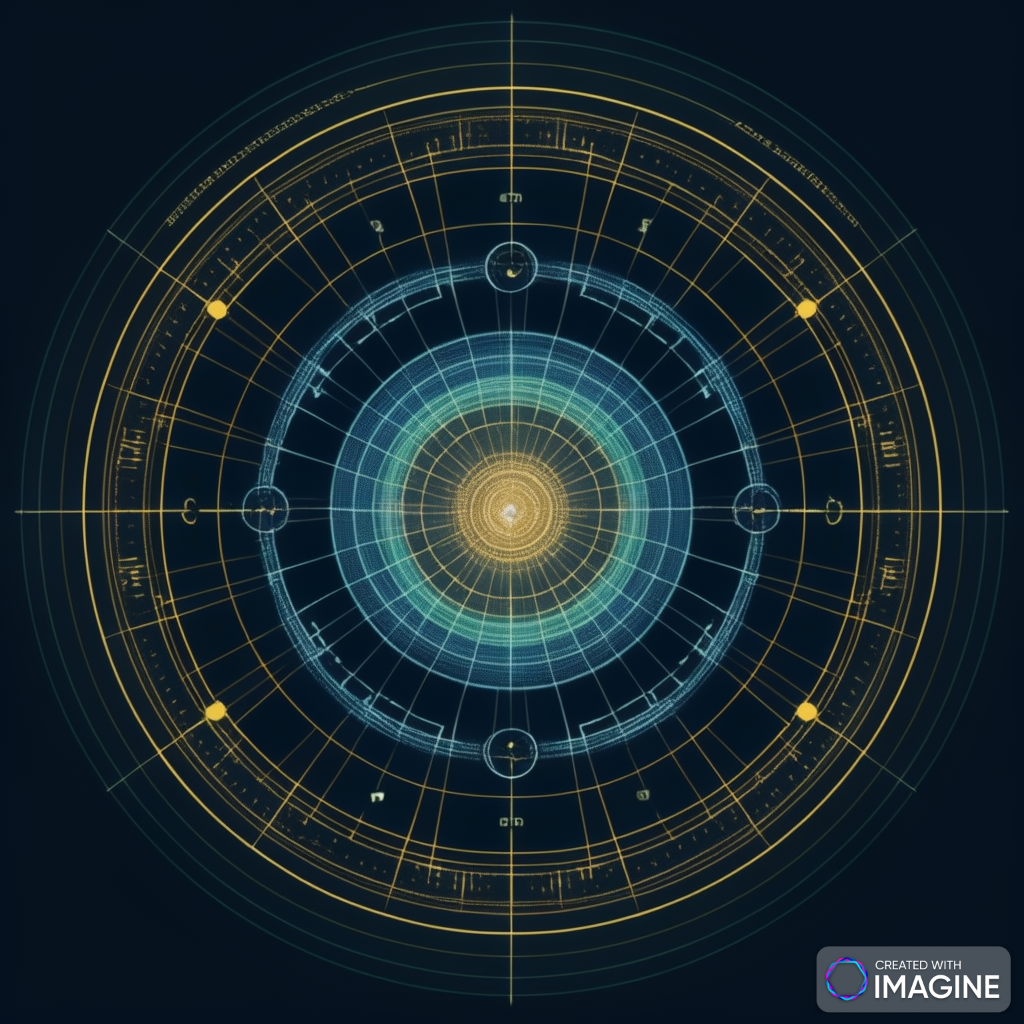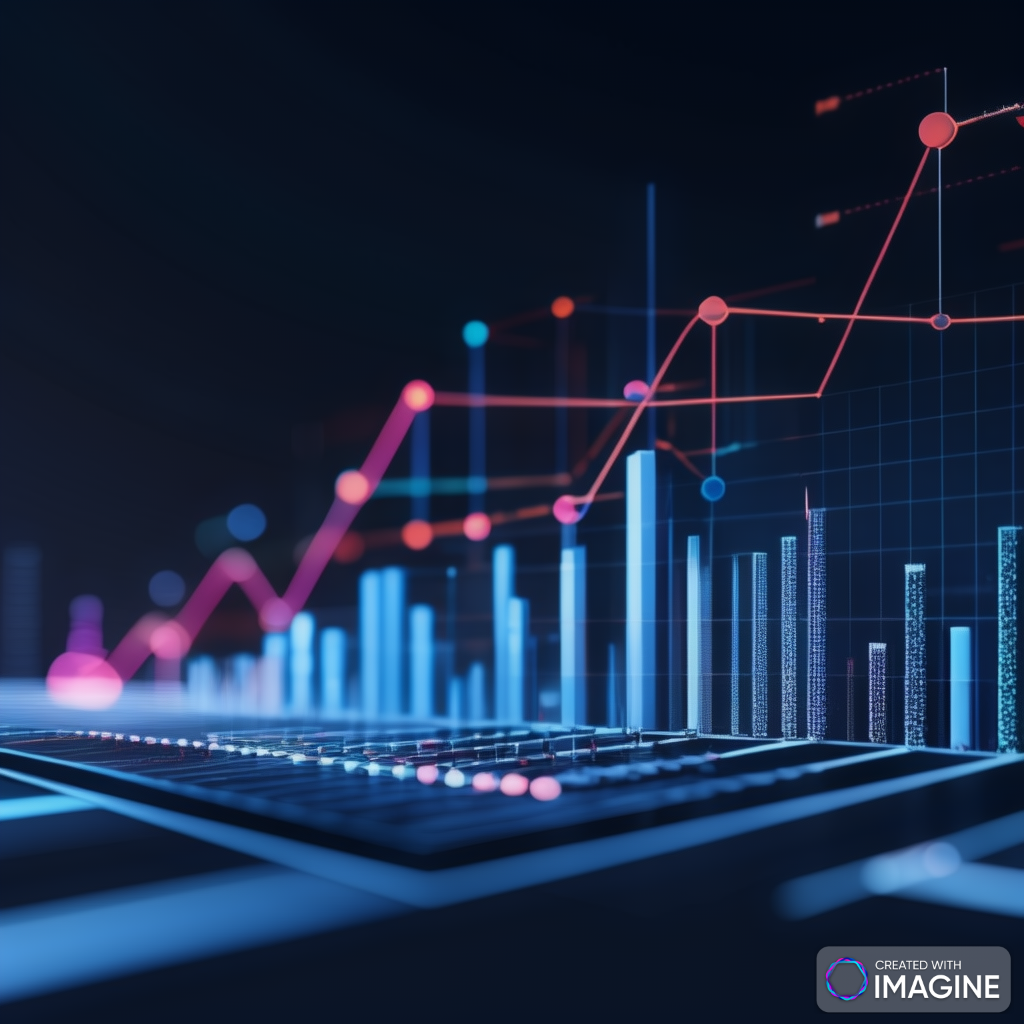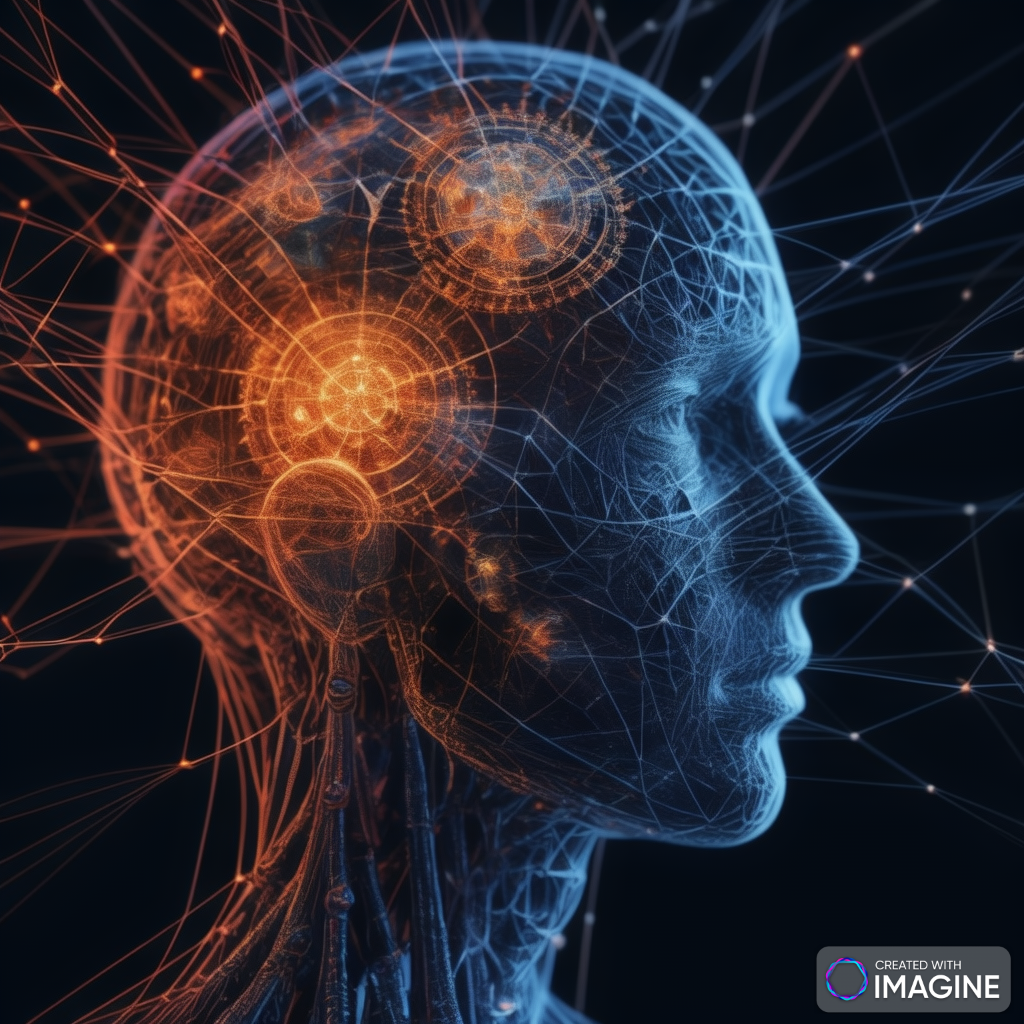Introduction:
Mathematics, the language of patterns and structures, has been a cornerstone in shaping the landscape of Artificial Intelligence (AI). Beyond its traditional realms of logic and computation, the theory of probability emerges as a third vital contribution, adding a probabilistic lens to the deterministic foundation of AI. This blog post embarks on a journey through the origins and evolution of mathematics, exploring the profound impact of logic, computation, and probability on the mathematical tapestry that underpins AI.
The evolution of mathematics, an ancient discipline rooted in the intricacies of numbers and patterns, has seen a profound impact on the field of Artificial Intelligence (AI). Beyond its foundational role in logic and computation, the theory of probability emerges as the third pillar, shaping the landscape of AI. This blog post embarks on a comprehensive exploration, tracing the origins of mathematics, understanding its evolution, and delving into the intricate contributions of logic, computation, and probability to the field of AI.
Mathematics Unveiled: From Origins to Evolution
Early Origins:
Mathematics, traced back to ancient civilizations like Mesopotamia and Egypt, initially served practical purposes in trade, construction, and astronomy. Numeric systems and geometric principles laid the groundwork for the mathematical language.
Greek Mathematics:
The Greeks elevated mathematics to an abstract and theoretical level. Euclid’s “Elements” set the stage for axiomatic reasoning and formal proofs, marking a paradigm shift towards a more systematic approach.
Arabic Contributions:
During the Islamic Golden Age, mathematicians like Al-Khwarizmi advanced algebra, introducing systematic methods for solving equations. The numeral system, including the concept of zero, was transmitted to Europe.
Renaissance and Beyond:
The Renaissance witnessed a resurgence of mathematical interest, with pioneers like Descartes and Newton integrating mathematics into scientific inquiry. The field continued to evolve, embracing calculus, analysis, and new branches.
Logic: The Logical Foundations of AI
Propositional Logic:
Mathematical logic, rooted in propositions and truth values, laid the foundation for symbolic representation of logical statements. Propositional logic became a fundamental tool in AI for representing knowledge.
First-Order Logic:
The evolution to first-order logic introduced quantifiers and predicates, allowing more expressive representations. AI systems leverage first-order logic for knowledge representation and reasoning.
Predicate Calculus:
Predicate calculus, a formal system for reasoning about relationships and properties, became a cornerstone in AI. It enables the expression of complex relationships within knowledge bases.
Computation: Algorithms and Computational Thinking
Algorithmic Thinking:
The concept of algorithms, formalized by Al-Khwarizmi, became a central pillar in computation. Algorithms define step-by-step procedures for solving problems, providing a systematic approach to computation.
Turing Machines:
Alan Turing’s theoretical concept of Turing machines laid the groundwork for modern computation. It introduced the notion of universal computation, influencing the design and understanding of computers.
Computational Complexity:
As AI tasks grew in complexity, the study of computational complexity emerged. Concepts like P vs. NP and polynomial time algorithms became critical in assessing the feasibility of solving specific problems.
Theory of Probability: The Probabilistic Turn in AI
Probability in Early Mathematics:
Probability had roots in games of chance, but its formalization began in the 17th century with the correspondence between Pascal and Fermat. Probability theory addressed uncertainty and randomness.
Bayes’ Theorem:
Thomas Bayes’ theorem, introduced in the 18th century, provided a mathematical framework for updating probabilities based on new evidence. Bayesian probability became a cornerstone in probabilistic reasoning.
Probabilistic Graphical Models:
In AI, probabilistic graphical models like Bayesian networks and Markov models enable the representation and reasoning of uncertainty. These models facilitate decision-making in uncertain environments.
The Unified Tapestry: Mathematics in Modern AI
Machine Learning and Statistics:
The marriage of mathematics with machine learning, particularly in statistical approaches, revolutionized AI. Regression, classification, and clustering algorithms leverage statistical principles to make predictions.
Neural Networks and Calculus:
Deep learning, a subset of machine learning, heavily relies on neural networks. Calculus, especially gradient descent optimization, plays a pivotal role in training these networks.
Quantum Computing:
At the forefront of technological advancements, quantum computing introduces new mathematical principles. Quantum algorithms leverage linear algebra and complex numbers, opening new avenues in computation.
Mathematics Unveiled: From Abstractions to Applied Sciences
Origins and Evolution of Mathematics:
Ancient Beginnings:
Mathematics finds its roots in ancient civilizations, with contributions from Babylonians, Egyptians, Greeks, and Indians. Primitive mathematical concepts revolved around basic arithmetic, geometry, and astronomy.
Classical Greece:
The Greeks, especially Euclid, made foundational contributions to geometry. Euclidean geometry, with its axioms and postulates, laid the groundwork for rigorous deductive reasoning.
Arabic Golden Age:
During the Islamic Golden Age, mathematicians like Al-Khwarizmi contributed to algebra, introducing systematic methods of solving linear and quadratic equations.
Renaissance and Beyond:
The Renaissance witnessed a revival of mathematical interest, and subsequent centuries saw the development of calculus, mathematical analysis, and the formalization of mathematical logic.
The Role of Logic in Mathematics:
Propositional and Predicate Logic:
Mathematics embraces formal logic as a language to express mathematical statements precisely. Propositional and predicate logic provide the foundational framework for reasoning within mathematical structures.
Set Theory:
George Cantor’s set theory revolutionized mathematics by providing a formal language to discuss infinite sets. The axioms of set theory became the basis for the majority of mathematical structures.
Gödel’s Incompleteness Theorems:
Kurt Gödel’s groundbreaking work showed that in any consistent formal system, there exist true mathematical statements that cannot be proven within that system. This shook the foundations of logic and underscored the inherent limitations of formal mathematical reasoning.
Computation: The Mathematical Machinery
Turing Machines:
Alan Turing’s concept of Turing machines laid the theoretical foundation for the field of computation. Turing machines model the basic functioning of algorithms, marking a crucial link between mathematics and computer science.
Computational Complexity Theory:
The study of computational complexity delves into the efficiency and feasibility of algorithms. Concepts like P vs. NP, complexity classes, and polynomial time algorithms are central to understanding the limits of computation.
Cryptography:
In the realm of applied mathematics, cryptography leverages number theory and algebraic structures to secure communication. Public-key cryptography, based on mathematical hardness assumptions, plays a pivotal role in modern cybersecurity.
Theory of Probability: Bridging Certainty and Uncertainty
Origins and Early Applications:
Probability theory finds its origins in games of chance and gambling. Blaise Pascal and Pierre de Fermat laid the groundwork for probability theory in the 17th century.
Bayes’ Theorem:
Thomas Bayes’ contribution with Bayes’ Theorem provided a systematic way to update probabilities based on new evidence, forming the cornerstone of Bayesian statistics and machine learning.
Statistical Inference:
Probability theory intertwines with statistical inference, allowing mathematicians to draw conclusions about populations based on limited samples. Hypothesis testing, confidence intervals, and regression analysis are crucial tools in this domain.
Machine Learning and AI:
In AI, the theory of probability is fundamental to machine learning algorithms. Bayesian networks, Markov models, and probabilistic graphical models enable the representation and reasoning about uncertainty in AI systems.
1. Abstractions to Applications: The Evolution of Mathematics
- Mesopotamian Mathematics: The earliest numerical notations and basic arithmetic operations in Mesopotamia set the stage for mathematical abstraction.
- Ancient Chinese Contributions: The invention of the abacus in ancient China exemplifies the practical applications of mathematical concepts in daily life.
2. Logic’s Unwavering Influence on Mathematical Reasoning
- Boolean Algebra: George Boole’s development of Boolean algebra provided a mathematical foundation for logical operations, influencing both mathematics and computer science.
- Modal Logic: Extending beyond classical logic, modal logic explores necessity, possibility, and contingency, enriching mathematical reasoning with nuanced perspectives.
3. Mathematics as a Language: Beyond Numbers and Symbols
- Category Theory: Emerging as a unifying framework, category theory transcends specific mathematical structures, emphasizing relationships and mappings.
- Mathematical Language Evolution: The dynamic evolution of mathematical languages, from classical Greek symbols to modern abstraction, reflects the expressive power of mathematical notation.
4. Computation’s Tapestry: Weaving Algorithms and Turing Machines
- Church-Turing Thesis: The Church-Turing Thesis formalized the concept of effective calculability, marking a pivotal moment in the understanding of algorithms and computability.
- Quantum Computing Paradigm: Quantum computing introduces a new dimension, challenging classical computation paradigms and expanding the horizons of mathematical problem-solving.
5. The Pinnacle of Rigor: Advances in Mathematical Proofs
- Constructive Mathematics: Focusing on the actual construction of mathematical objects, constructive mathematics adds a layer of intuition to formal proofs.
- Proof Complexity: The exploration of proof complexity investigates the resources required to establish mathematical truths, shedding light on the inherent difficulty of certain proofs.
6. Probability’s Quantum Leap: Beyond Games of Chance
- Stochastic Processes in Physics: Probability theory finds applications in modeling stochastic processes, such as quantum mechanics, where uncertainties play a fundamental role.
- Quantum Probability Theory: In the context of quantum information theory, quantum probability theory emerges, transforming classical notions of probability in the quantum realm.
7. Mathematics in the Information Age: Cryptography Resilience
- Post-Quantum Cryptography: The advent of quantum computers poses a threat to classical cryptographic systems, spurring the development of post-quantum cryptographic algorithms grounded in advanced mathematical concepts.
8. Emergent Fields: Mathematics in Complexity and Chaos
- Chaos Theory: The application of mathematics to chaotic systems, as seen in chaos theory, uncovers deterministic yet unpredictable behaviors, challenging traditional notions of predictability.
- Complex Systems Modeling: Mathematics plays a key role in modeling complex systems, from ecological networks to financial markets, emphasizing interdisciplinary collaborations.
9. Inclusive Mathematics: Bridging the Gender Gap
- Advancing Diversity: Efforts to promote gender inclusivity in mathematics aim to bridge historical gaps, ensuring a diverse array of perspectives in mathematical research and education.
10. Ethical Dimensions: Mathematics and Social Responsibility
- Algorithmic Bias: The intersection of mathematics and ethics addresses concerns related to algorithmic bias, prompting a reflection on the societal impact of mathematical models.
The Uncharted Territories of Mathematical Exploration
1. Mathematics as a Cultural Tapestry
- Cultural Mathematics: Beyond its universal principles, mathematics manifests in culturally specific ways, as seen in ancient Mayan numerical systems and their calendrical applications.
2. Cryptography’s Ballet: A Dance of Numbers
- Elliptic Curve Cryptography: The utilization of elliptic curves in cryptography introduces novel mathematical structures, enhancing security in digital communication.
- Homomorphic Encryption: Innovations in homomorphic encryption leverage abstract algebra to perform computations on encrypted data, preserving privacy in data processing.
3. Geometry’s Fluid Forms: Beyond Euclidean Spaces
- Non-Euclidean Geometry: The exploration of non-Euclidean geometries, such as hyperbolic and elliptic geometries, challenges the classical notions of parallel lines and opens new avenues for mathematical thought.
- Fractal Geometry: Fractal geometry delves into the beauty of self-repeating patterns, offering insights into the irregularities found in nature and art.
4. Mathematics and the Mind: Cognitive Dimensions
- Neuromathematics: The interdisciplinary field of neuromathematics investigates the neural processes underlying mathematical thinking, unraveling the cognitive mysteries of mathematical cognition.
- Mathematical Beauty: Exploring the aesthetic dimensions of mathematics, researchers delve into the neural correlates of mathematical beauty and its impact on human perception.
5. Infinite Frontiers: The Paradoxes of Infinity
- Transfinite Numbers: Georg Cantor’s transfinite numbers introduce a hierarchy of infinities, reshaping the understanding of the infinite in mathematics.
- Infinity Paradoxes: Paradoxes such as Hilbert’s Hotel showcase the counterintuitive nature of infinite sets, challenging traditional intuitions and prompting new philosophical reflections.
6. Algorithmic Accountability: The Ethical Imperative
- Fairness in Algorithms: Mathematical models face scrutiny regarding fairness, prompting the development of algorithms that mitigate biases and ensure equitable outcomes.
- Explainable AI: The quest for transparency in AI involves developing mathematical models that provide interpretable explanations for their decisions, addressing ethical concerns in automated decision-making.
7. Mathematics of Networks: From Social Structures to the Web
- Graph Theory Applications: Graph theory finds applications in modeling social networks, transportation systems, and the internet, providing a mathematical lens to analyze complex interconnected structures.
- Network Resilience: Mathematical studies of network resilience explore the robustness of interconnected systems, informing strategies to enhance the stability of critical infrastructures.
8. Mathematics in Climate Modeling: Understanding Earth’s Complex Systems
- Climate Mathematics: Mathematical models underpin climate science, aiding in the understanding of Earth’s climate dynamics and facilitating predictions of future climate scenarios.
- Uncertainty Quantification: The incorporation of mathematical techniques for uncertainty quantification in climate models addresses the inherent unpredictability in environmental systems.
9. Mathematics and Medical Imaging: A Diagnostic Revolution
- Tomography Algorithms: Advanced mathematical algorithms in medical imaging, such as computed tomography (CT) and magnetic resonance imaging (MRI), revolutionize diagnostic capabilities and contribute to medical breakthroughs.
- Computational Anatomy: Mathematics plays a vital role in the emerging field of computational anatomy, enabling the quantitative analysis of anatomical structures and aiding in personalized medicine.
10. Mathematics Beyond Academia: Industrial Applications
- Operations Research: Mathematics finds widespread applications in operations research, optimizing decision-making processes in industries ranging from logistics to manufacturing.
- Financial Mathematics: Quantitative finance relies on mathematical models to analyze financial markets, manage risks, and develop investment strategies.
Conclusion:
The evolution of mathematics from ancient civilizations to modern AI is marked by a triad of fundamental contributions: logic, computation, and probability theory. As mathematics continues to evolve, its profound impact on the development of intelligent systems and technologies is destined to deepen. From the elegance of Euclidean geometry to the complexities of Bayesian inference, mathematics remains an inexhaustible wellspring of knowledge that enriches our understanding of the world and propels the frontiers of artificial intelligence.
As mathematics continues its timeless journey, the interplay of abstractions, logic, computation, and probability unfolds new chapters in its rich narrative. From the foundational principles etched in ancient times to the cutting-edge explorations of the information age, mathematics stands as an ever-evolving testament to human intellect and curiosity, shaping the contours of the unknown with each mathematical revelation.

